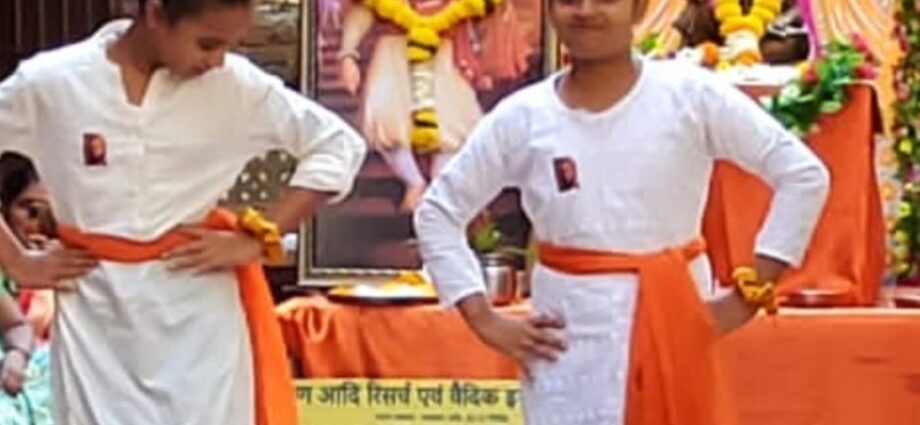Marathas are known to be the Marathi-speaking aborigines of the Deccan Plateau in the areas of west India. Marathas typically trace their traits as chiefs and warriors from the 17th to 19th century.
Try google guru with the following keywords i.e. the foundation of Swaraj, the Capture of Javali, the Expedition of Siddi Jauhar, the establishment of the Maratha Navy, the defeat of Afzal Khan, and Battle of Javali, Maratha conflict with the Mughals, Shaista Khan’s Invasion, the Surat Campaign, Jaisingh’s campaign, Maratha against the Adilshahi Sultanate, Maratha people’s king. What will you get? You will get two words common in all i.e. “Shivaji” and “Mughals”, sufficient to explain the struggle.
Every king strives to protect his empire and wants his reign to last forever. What makes “Shivaji” unique? He united people and tried to create a feeling of trust and affection in their minds of people. Many associates, companions, and Mavalas joined him in his work. He used the official seal or Mudra which was in Sanskrit. Through this Mudra, Shivaji Maharaj assured his people that the ‘ever-increasing like the crescent-moon, the kingdom of Shivaji, son of Shahaji, will always seek the welfare of the people’. and that they in turn should unite with each other to protect their culture. He was the people’s king and not a mere heir of his dynasty. Second, in recruitment, he did not discriminate based on caste or religion. Third, he ran a professional army paid out of the central treasury, which was unusual among Indian kings. During his struggle even homemakers have given their fullest support. Not only this “Shivaji Maharaj” is famous for his war strategies. His army was merely a handful in number as compared to the Mughals and he didn’t allow the Mughals to enter his area. He was a nightmare for the Mughals and mastered Guerrilla warfare techniques.
Guerrilla warriors are fighting in their homeland or they have the support of the local population. Guerillas are familiar with geography and landscape. The enemy has no idea what’s happening until the Guerilla attack is underway. Guerillas move in quickly and keep their battles short. Though the term Guerrilla was first documented during one of the Napoleonic Wars (the Peninsula war 1808-1814), “Shivaji” had a long history but was not limited to Guerilla Technique. Shivaji embraced the Mughal general and killed him with steel claws attached to his hands before the Muslim could stab him with a concealed dagger. On another occasion, Shivaji escaped from the Mughal emperor Aurangzeb by hiding in a fruit basket. Shivaji’s men are reputed to have captured the hill fort of Singadh from the Muslims by sending trained lizards up its walls. The lizards carried ropes for the attackers to climb. Shivaji was also called as “Mountain Rat” due to his excellent attentiveness to the Geography of his land.
Marathas can be regarded as the Father of the Indian Navy for his role in the development of the naval wing of the Indian army during the Middle Ages. Shivaji built a strong naval presence across the coast of Konkan and Goa to protect sea trade. The navy under Shivaji was so strong that the Marathas could hold there against the British, Portuguese, and Dutch. Shivaji realized the importance of having a secure coastline and protecting the western Konkan coastline from the attacks of Siddi’s fleet. How did he do that? Most Maratha action took place close to the shore. The Marathas understood their capabilities and limitations well and shrewdly used their hit-and-run tactics at sea. They could do so close to the shore, using their familiarity with the creeks and bays to get away from the heavier European ships.
Shivaji, always respected women. The widows or slaves of the Mughals were respected in the court of Shivaji Maharaj to a high degree. He use to bow down to them as a mother and honor them so that they lead a dignified life. He was given tough training by her mother Jija Bai and he truly lived the dreams of his father, Sambhaji Bhonsle.
“Jaanta Raja” is a title associated with him. Shivaji Shahaji Raje Bhonsle was a perfect human, warrior and sanatani. Even today he is worshipped in many parts of Maharashtra. On the occasion of Shivaji Jayanti, cultural programs are organized at root levels in honor of “Shivaji”, the great warrior.
Rudra & Veena
![]()
- Shivkar Bapuji Talpade, the first flight engineer? - August 2, 2025
- Did Western Scientific Discoveries Draw Inspiration from Indian Sanatan Literature? - July 24, 2025
- “Jaanta Raja” – Roar of the Great Maratha! - February 19, 2023

